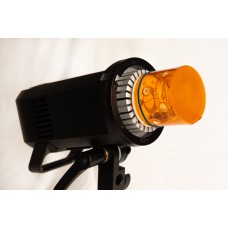

If you really need exact colors, this is not the best way to achieve white balance (e.g., product photography, art reproduction, etc). The down side to this is that your white balance accuracy will be dependent on your eye, your memory, and your monitor. What to do?īefore we go through the white balance adjustment options, let’s start by saying if you have set your camera to save your images in the RAW format, one option is not to worry about white balance and to set it in post-processing on the computer later. So, let’s say you’re shooting away and all your images look really yellow. You need the white balance to be absolutely accurate so that colors are represented truly (e.g., a product photo).Auto white balance will often eliminate the golden cast to the light, removing the warm glow that we usually find quite pleasing. This is not so much a failure of auto white balance as an over application. You are shooting in the golden hour around sunrise or sunset.Your subject contains a lot of one color or a limited range of colors, which can fool your auto white balance into thinking the light is cooler or warmer than it is, depending on the dominant color(s) in your subject.

Or, if you’re using flash indoors, most flash units are the temperature of daylight, so that will also create the same kind of mix as in the first example.)
Using gels on strobes to prevent colorcast plus#

White balance basically tells the camera “this is white” and it then shifts all colors based on what it believes is white. However, if you think about your camera as a computer, it has to be programmed to mathematically recognize white, which sometimes it does quite well. Being able to adjust white balance in your camera is one of the great advantages of digital photography. What is White Balance? Back before we had miniature super computers in our cameras, film photographers would use different film or filters to prevent photos from getting weird color casts based on the temperature of the light they were shooting in. This is generally solved by changing your White Balance Settings.
Using gels on strobes to prevent colorcast skin#
In post-processing, I was able to get the white balance back to where people had natural skin tonesĭuring a workshop this past weekend, several folks commented about having trouble with their images looking yellow or having other weird color casts.


 0 kommentar(er)
0 kommentar(er)
